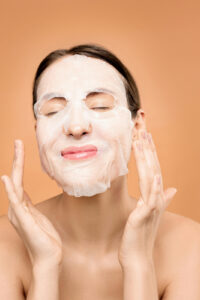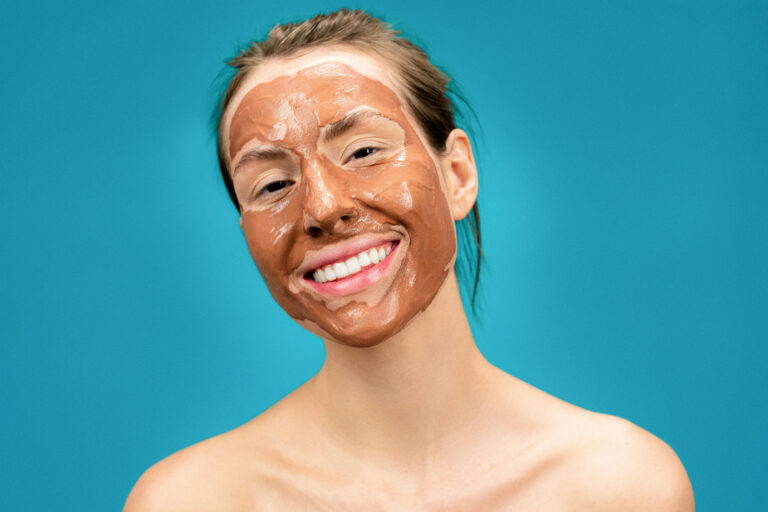Pakistan, a land of diverse landscapes and climates, offers a unique set of challenges and opportunities for skincare enthusiasts. From the humid coastal areas of Karachi to the arid deserts of Sindh and the chilly mountains of Gilgit-Baltistan, the environment profoundly impacts our skin. Understanding these nuances is essential for maintaining healthy skin. This blog will explore various climate conditions across Pakistan and provide tailored skincare tips to help you achieve radiant skin, regardless of where you live.
The Climate Spectrum in Pakistan
Before diving into skincare routines, let’s take a closer look at Pakistan’s diverse climate:
- Coastal Areas (e.g., Karachi): These regions experience high humidity and salty air, which can lead to oily skin and breakouts.
- Desert Areas (e.g., Thar Desert): With extreme heat and dryness, these regions can cause skin to become dehydrated and flaky.
- Northern Areas (e.g., Gilgit-Baltistan): Cold temperatures and lower humidity can lead to dry and chapped skin.
- Urban Areas (e.g., Lahore, Islamabad): Air pollution and changing weather patterns pose unique challenges, often resulting in dull skin and acne.
- Highland Areas (e.g., Murree): The combination of cold air and sun exposure can lead to sensitive and irritated skin.
Understanding Your Skin Type
Before adopting any skincare routine, it’s crucial to identify your skin type. The primary types are:
- Oily: Characterized by excess sebum production; common in humid areas.
- Dry: Lacking moisture; prevalent in arid climates.
- Combination: A mix of both oily and dry areas.
- Sensitive: Easily irritated, often requiring special care.
Identifying your skin type will help you choose products that suit your needs, especially when adapting to your local climate.
Skincare Tips by Climate
1. Coastal Areas (High Humidity)
Challenges: Excess oil production, acne, and clogged pores.
Skincare Tips:
- Lightweight Moisturizers: Opt for gel-based or oil-free moisturizers that hydrate without adding extra oil.
- Exfoliate Regularly: Use a gentle exfoliator containing salicylic acid to unclog pores and reduce breakouts.
- Sunscreen: Don’t skip on sunscreen! Choose a non-comedogenic formula with at least SPF 30 to protect against UV rays and prevent skin damage.
- Hydration: Drink plenty of water to stay hydrated and help your skin manage oil production.
2. Desert Areas (Extreme Heat and Dryness)
Challenges: Dehydration, flakiness, and sun damage.
Skincare Tips:
- Rich Moisturizers: Use thick creams or oils that lock in moisture. Look for ingredients like shea butter or argan oil.
- Hydrating Serums: Incorporate hyaluronic acid serums that attract moisture to the skin.
- Avoid Hot Showers: Hot water can strip your skin of its natural oils. Opt for lukewarm water instead.
- Sunscreen: Apply a broad-spectrum sunscreen every morning to protect your skin from harmful UV rays, especially during the hottest hours of the day.
3. Northern Areas (Cold and Dry)
Challenges: Dryness, chapping, and irritation.
Skincare Tips:
- Humidifiers: Use a humidifier in your home to add moisture to the air, which can help prevent your skin from drying out.
- Oil-Based Cleansers: Start with oil-based cleansers that effectively remove dirt while maintaining skin moisture.
- Nourishing Masks: Treat your skin to nourishing masks made from natural ingredients like honey, yogurt, and avocado.
- Layering Products: Consider using a hydrating essence followed by a serum and a thick moisturizer to create a moisture barrier.
4. Urban Areas (Pollution and Changing Weather)
Challenges: Dullness, acne, and sensitivity.
Skincare Tips:
- Double Cleansing: Start with an oil-based cleanser to remove makeup and pollutants, followed by a gentle foaming cleanser.
- Antioxidant-Rich Products: Incorporate serums with vitamin C to combat pollution and brighten your complexion.
- Exfoliation: Use chemical exfoliants like AHAs and BHAs a few times a week to remove dead skin cells and promote cell turnover.
- Barrier Protection: Consider a moisturizer with ceramides or other barrier-boosting ingredients to protect against environmental stressors.
5. Highland Areas (Cold and Sunny)
Challenges: Sun exposure and dry skin.
Skincare Tips:
- Moisturizing Sunscreen: Use a sunscreen that also provides hydration, especially with broad-spectrum protection.
- Gentle Exfoliation: Keep exfoliation to a minimum to avoid irritation; choose mild products.
- Hydrating Creams: Look for products containing glycerin and fatty acids to keep skin supple and moisturized.
- Protective Gear: Don’t forget to wear hats and scarves to shield your skin from both cold winds and sun exposure.

General Skincare Tips for All Climates
Regardless of your local climate, there are universal skincare practices that can benefit everyone:
- Stay Hydrated: Drinking enough water is vital for skin health, helping to maintain elasticity and combat dryness.
- Balanced Diet: Incorporate a diet rich in fruits, vegetables, nuts, and omega-3 fatty acids to nourish your skin from within.
- Consistent Routine: Establish a daily skincare routine and stick to it. Consistency is key for long-term results.
- Listen to Your Skin: Pay attention to how your skin reacts to products and environmental changes. Adjust your routine accordingly.
Conclusion
Navigating the diverse climates of Pakistan doesn’t have to be a daunting task when it comes to skincare. By understanding your environment and tailoring your skincare routine to meet its demands, you can achieve healthy, glowing skin year-round. Remember that everyone’s skin is unique, and what works for one person may not work for another. Experiment with different products and routines, and don’t hesitate to consult with a dermatologist if you have specific concerns.

